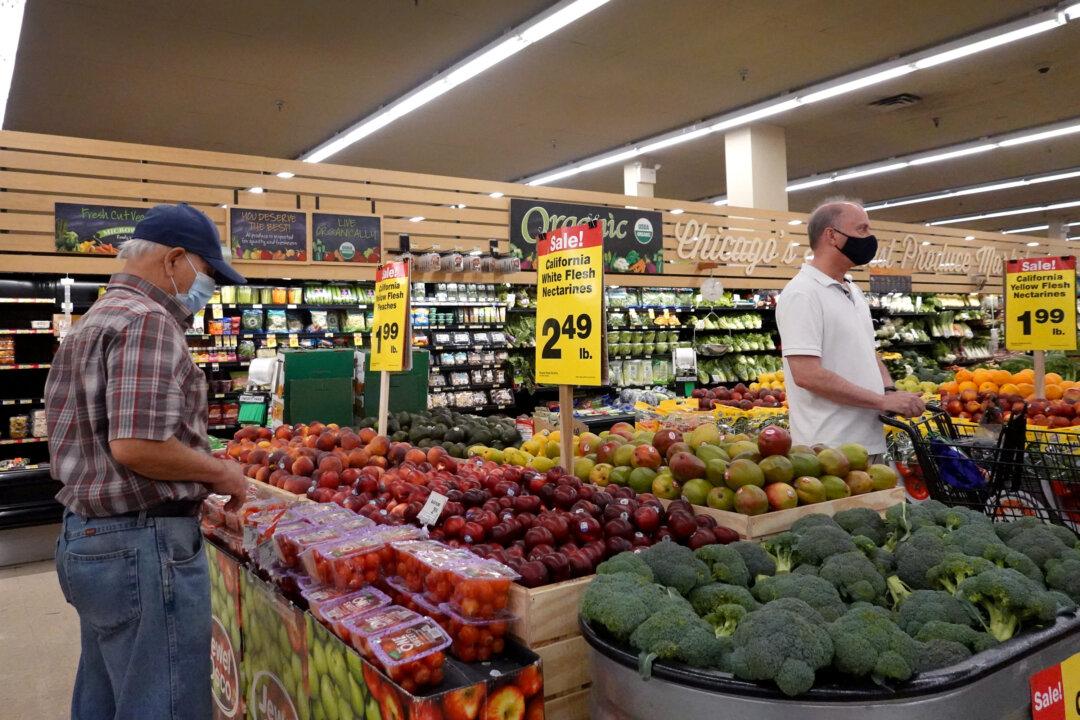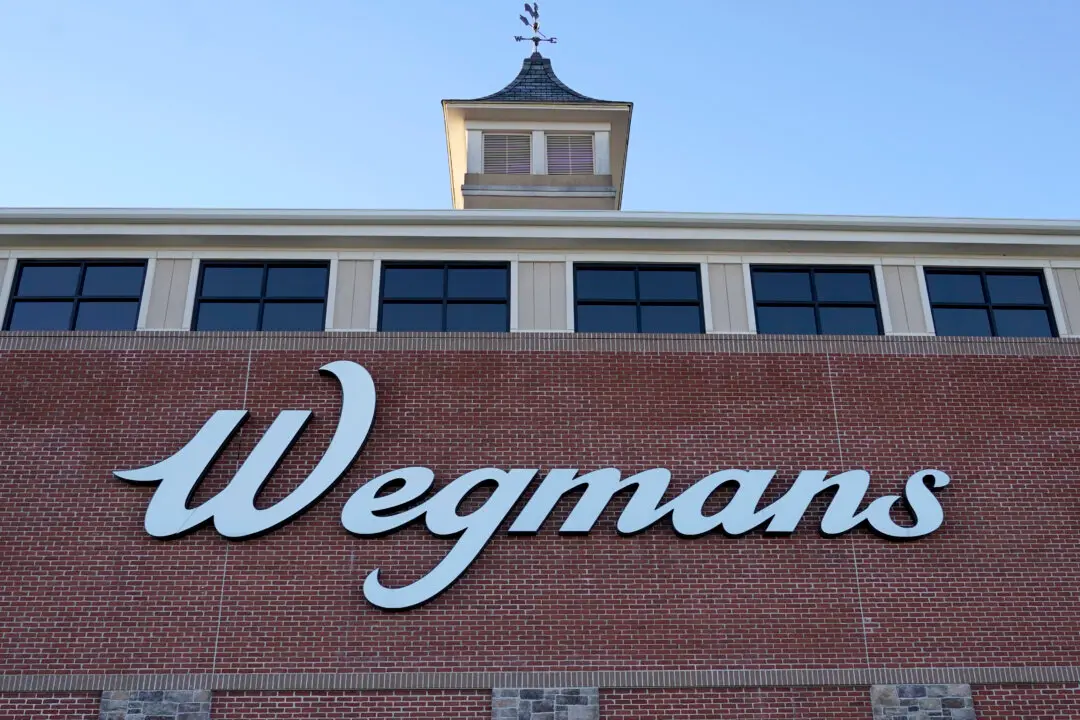Inflation expectations among American consumers rose to an eight-year high in August, according to a new survey from the New York Federal Reserve.
Both the short-term and medium-term inflation expectations in August rose to their highest levels in the history of the series, which dates back to 2013, according to the Sept. 13 survey.





